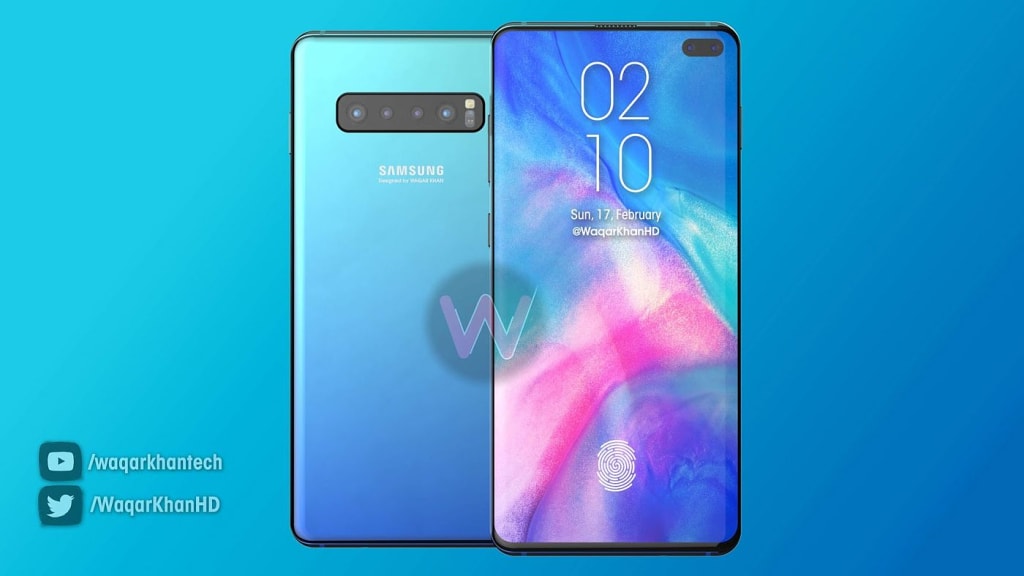
The evolution of mobile phone technology begun in 1983 when Motorola first introduced their commercial cellular portable phones, the Motorola DynaTAC phone. [1] Mobile phones evolved over decades from chunky designs to sleek and light weight, and from keypad to touch screen. Either Apple or Samsung did not first introduce the idea of smartphone. Back in 1994, IBM launched their cellular phone/PDA (Personal Digital Assistance), Simon. The claim was that Simon is the first smartphone which had a touch LCD screen option, and also users could use wireless fax, paging and e-mails which are similar to smartphones nowadays. [2] The following picture shows the first commercial mobile phone from Motorola and first smartphone, Simon from IBM.
2 Figure 1: a) DynaTAC phone from Motorola (1984), b) Simon from IBM (1994), c) SH-100 from Samsung (1988) The big players who dominate market share nowadays were obviously not the one who developed the technology. Samsung first entered the cellphone market in 1988 with their first analog phone, SH-100. [3] Unfortunately, their first model only sold about 100-200 units. [4] Samsung mobile started picking sales in 2002 when the model known as pebble-like design sold 10 million units. After that, Samsung’s sales continued to grow until 2012 when Samsung became the world largest market share in unit shipped surpassing Nokia, one of the big competitors in mobile phone market. [5] As is evident in Figure 2 which shows the mobile phone market share in 2012. Figure 2: Worldwide Mobile Phone Market Share by Vendor in 2012 [5] 1.1 Background Before Samsung established their company in mobile phone industry, the founder, Lee-Byung-Chull started the business as a small export company within Korea in 1938 and was originally called Samsung Sanhoe. Then, in late 1960s, Samsung decided to join the electronic industry. [6] After that, the company
3 became a pioneer in digital era from 2000-2010, which was also the time of revolutionary change. Samsung responded well to this need in technology with competitive products and price. Nowadays, Samsung does not only have businesses in electronic. Samsung expansion can be seen in other industries such as information, healthcare and biotech, environment energy, and convenience and comfort. [7] 1.2 Mission & Vision The company mission is “To enrich people’s lives and social responsibilities, to contribute to sustainable future innovative technologies, product, and the aspiration for the design inspiration for the future society. “ This mission is related to their vision that is “Inspired the World, Create the Future.” It is the company’s belief that aligning their business with the company’s vision and mission can help Samsung survive in the market, maintain the market share, and become a top five brands of the world by 2020. [7] 1.3 Business Culture Company culture is very important in terms of innovation driver because it helps shape up the productive community within the organization. Moreover, business culture is also powerful to the company because it creates a behavior pattern inside the companies. [8] Samsung has a strong culture in their organization because in order to become an innovative company and world leader, their employees need to have the same understanding about their business and also business direction. Some of the business cultures that make Samsung a pioneer in the technology era are: - The company has their own institution, Changjo Kwan to shape their employees’ understanding about their business. - Only the CEO who has the power to control the company’s direction. - Becoming the supplier before going into business. - Creating costly barriers by investing massive money in plants and technology to limit the competition. - Trying everything to capture various market types by producing at different sizes, specifications, and models and selling at different prices. These business cultures not only make Samsung a market leader, but they also teach lessons in struggle and success. One of the lessons thought is that after the company’s world tour, Lee-Byung-Chull noticed that their product sales had not met the expectation because the sale representative did not pay attention to their brand. Thus, the founder, Lee, called all his executives and had a meeting in Frankfurt, Germany. This meeting became the most importing event in Samsung business because the principal book of the New Management had occurred during the meeting as known as “The Frankfurt Declaration of 1993.”
4 After establishing the company’s New Management book, Lee traveled throughout the world to give a lecture to his employees, which had a central slogan, that, “Fostering the individual “and “Change begins with me.” Moreover, Quality Management becomes the most important idea for their production part because one of the stories shows that Samsung’s executives would not be reluctant to burn all phones they thought were not good enough to commercialize. [9] 1.4 IM Division In 2012, Samsung Electronics launched an exhaustive program of organizational reform. As a top priority of the organizational reform, Samsung refined management structures in each business area to optimize capabilities throughout the entire company. Samsung’s new organizational structure reflects the company’s refocused emphasis on three key business sectors: Consumer Electronics (CE), IT & Mobile Communications (IM), and Device Solutions (DS). CE division includes visual display business (UHD, Smart TV, AV system), digital appliances business (refrigerator, washer, air conditioner), printing solutions business (printer), health & medical equipment business (digital X-ray, ultra sound diagnostics). IM division is mainly divided into 3 business area such as mobile communication business (smart phone, tablet pc, computer), network business (3G, LTE network infrastructure system), digital imaging business (digital camera). DS division takes charge of semiconductor business (memory, system LSI) including LED business. [10]
About the Creator
Enjoyed the story? Support the Creator.
Subscribe for free to receive all their stories in your feed. You could also pledge your support or give them a one-off tip, letting them know you appreciate their work.





Comments
There are no comments for this story
Be the first to respond and start the conversation.